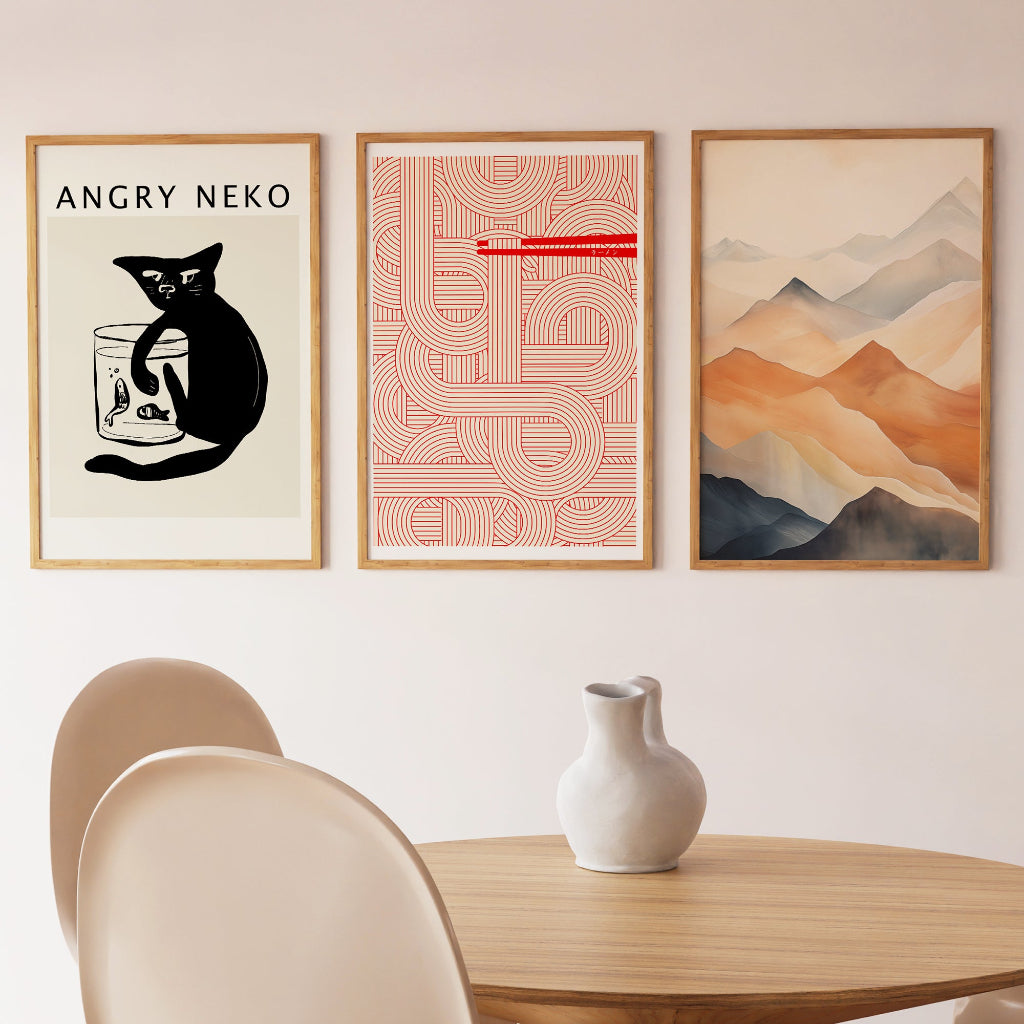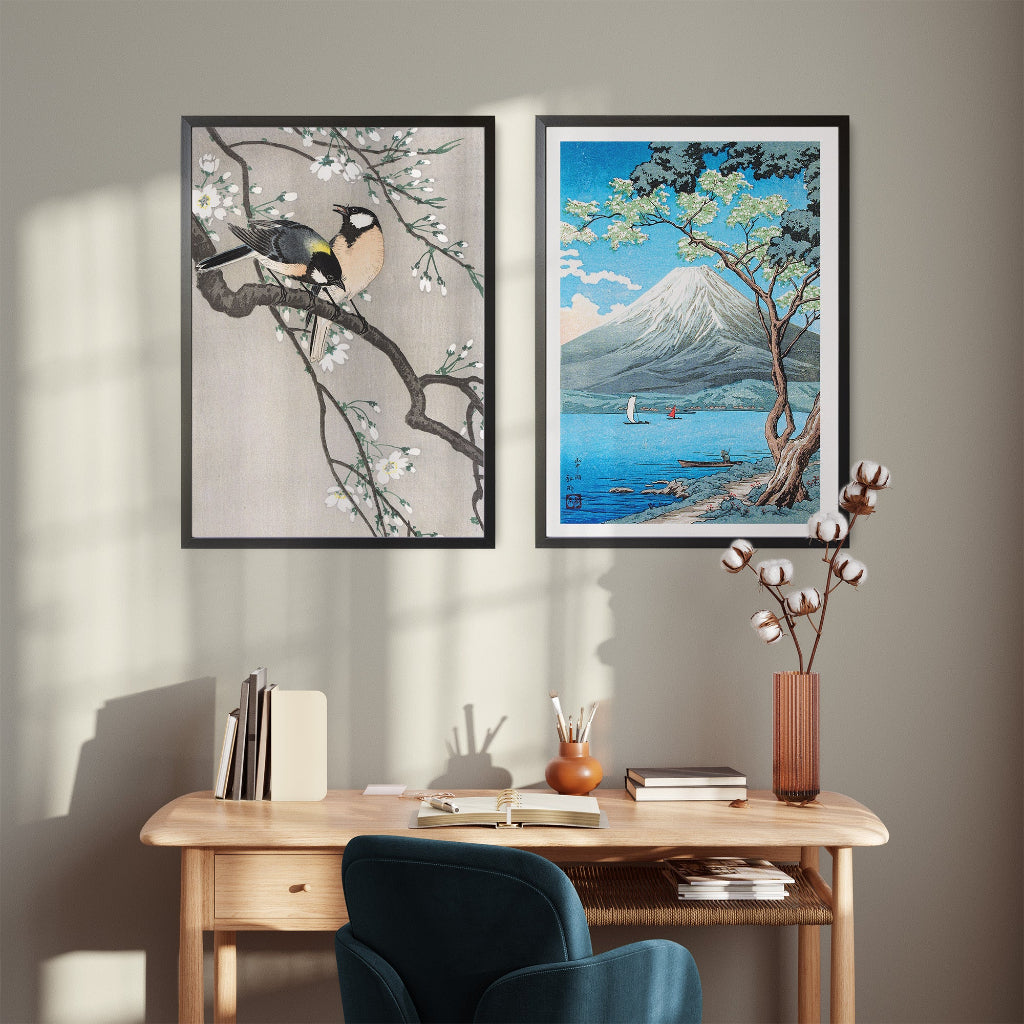Ogata Gekko
Ogata Gekko

Ogata Gekkō (1859–1920) was a prominent Japanese artist active during the Meiji and Taishō eras, known for his versatile work in Ukiyo-e style woodblock prints and Nihonga painting.
Born in Edo (now Tokyo) as Nakagami Masanosuke, he was later adopted into the Ogata family. Unlike many Ukiyo-e artists who came from a tradition of apprenticeship under established masters, Gekkō was largely self-taught as a print designer, which perhaps contributed to his distinctive and somewhat painterly style.
His early career involved designing ceramics and illustrating newspapers and books. Gekkō's artistic output was diverse, covering a wide range of subjects. He was highly regarded for his depictions of historical and legendary scenes, often imbued with a sense of drama and narrative. He also produced prints of the First Sino-Japanese War (1894-1895) and the Russo-Japanese War (1904-1905), capturing contemporary events with a dynamic and often patriotic spirit. Beyond war prints, he created beautiful bijin-ga (pictures of beautiful women), kachō-ga (bird-and-flower pictures), and scenes from everyday life and literature, including illustrations for 'The Tale of Genji'.
His style is often characterized by a more . . . Read More >>
Explore the dynamic and expressive art of Ogata Gekko, a highly acclaimed Ukiyo-e artist and painter of the Meiji era. Known for his versatile style and mastery of various subjects, Gekko depicted historical scenes, legendary tales, Russo-Japanese War events, beautiful women, and nature studies with remarkable skill and sensitivity. His works often possess a painterly quality, distinguishing them from some of his contemporaries. Gekko's prints are celebrated for their intricate details, vibrant colors, and ability to convey emotion and narrative. Add a touch of historical richness and artistic brilliance to your collection with Ogata Gekko's captivating artworks.
- Featured
- Best selling
- Alphabetically, A-Z
- Alphabetically, Z-A
- Price, low to high
- Price, high to low
- Date, old to new
- Date, new to old





















